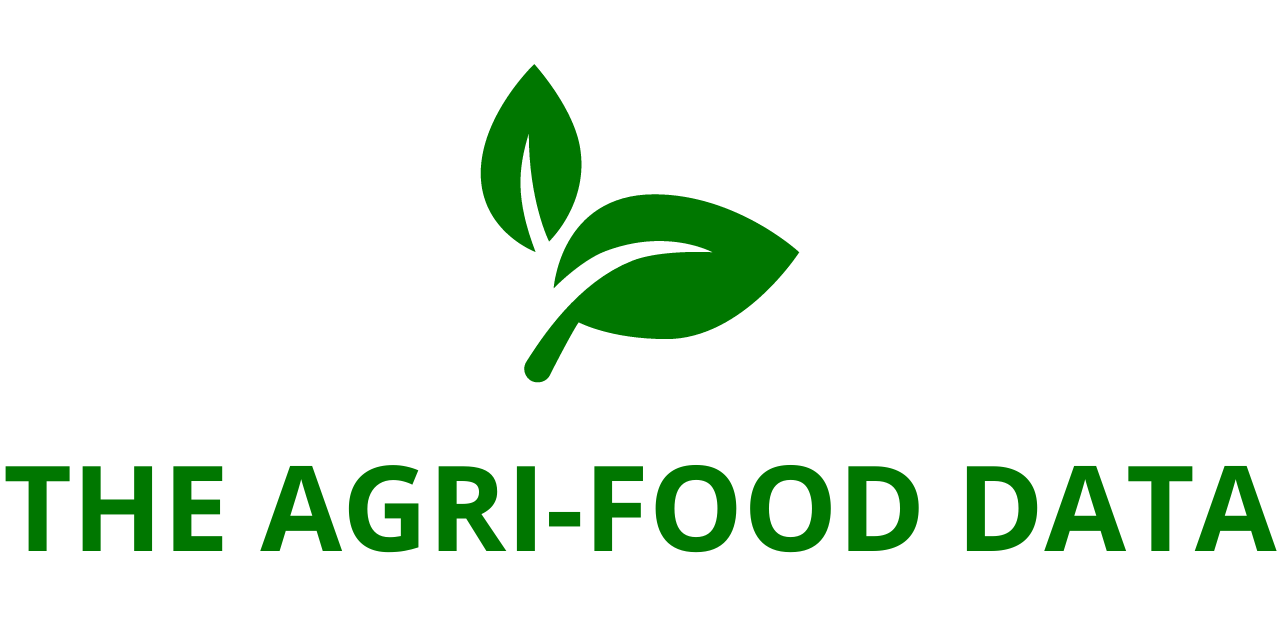
The U.S. agricultural micronutrient market is expected to grow significantly, reaching $1.94 billion by 2034, up from $833.3 million in 2023, with a compound annual growth rate (CAGR) of 8.28% over the forecast period of 2024-2034.
Key factors driving this growth include increased awareness of soil health and crop nutrition, advancements in precision farming technologies, and the rising demand for high-quality, nutrient-rich crops. The adoption of sustainable practices and environmentally friendly farming methods is also anticipated to fuel market expansion. Strategic partnerships and acquisitions among key players are expected to enhance innovation and market presence.
Major companies in the U.S. agricultural micronutrient market are focusing on strategic partnerships, collaborations, and acquisitions to improve their product offerings and expand their market footprint. Investments in advanced technologies and innovative product development will likely position these companies well to capitalize on market trends and establish a strong presence.
Supportive government policies, ongoing research and development in micronutrient formulations, and improved distribution networks are also expected to contribute to the market’s positive outlook.
Industry Impact
The U.S. agricultural micronutrient market plays a vital role in enhancing crop production, driving technological innovation, and promoting sustainable farming practices. Advances in micronutrient formulations and delivery methods, such as chelated micronutrients and foliar spray applications, have improved nutrient efficiency and uptake in crops.
These advancements have spurred collaborations between agricultural input companies and research institutions, fostering innovation and expanding the frontiers of agricultural science. The emphasis on optimizing plant nutrition and improving soil health aligns with sustainable agriculture goals, influencing farming practices and encouraging the adoption of eco-friendly micronutrient solutions.
Cereals and Grains Segment to Lead the U.S. Agricultural Micronutrient Market (by Crop Type)
Cereals and grains, including wheat, corn, barley, and rice, are the dominant crop type in the U.S. agricultural micronutrient market, playing a crucial role in the nation’s agricultural output and food supply chain. These crops are essential for both domestic consumption and international trade.
The demand for high-quality yields and nutritional efficiency has driven the adoption of micronutrient-enhanced fertilizers and soil amendments tailored to the specific needs of these staple crops. The USDA’s Fertilizer Production Expansion Program (FPEP), initiated in September 2022, has provided grants to support the expansion of fertilizer and nutrient alternatives manufacturing across the country.
The dominance of cereals and grains underscores their critical role in ensuring national food security and economic stability. Advances in micronutrient technologies, coupled with supportive government policies and innovative partnerships, are expected to drive productivity and sustainability across various crop types.
Multi-Micronutrient Segment to Lead the Market (by Product)
The U.S. agriculture sector is witnessing a shift toward multi-micronutrients within the micronutrient market. While individual micronutrients like zinc, boron, and copper remain important, multi-micronutrients are emerging as the preferred choice for farmers seeking a comprehensive approach to crop health and yield improvement.
Multi-micronutrients offer a balanced combination of essential nutrients, ensuring that plants receive the optimal levels needed for proper growth and development. This eliminates the need for multiple applications of single-micronutrient fertilizers, saving farmers time, resources, and labor. Soil testing often reveals deficiencies in multiple micronutrients, and multi-micronutrients address these complex deficiencies in a single application, leading to improved crop health and overall yield.
Foliar Spray to Dominate the U.S. Agricultural Micronutrient Market (by Application Mode)
Foliar spray application has become the dominant method in the U.S. agricultural micronutrient market due to its efficiency in delivering nutrients directly to plant leaves, resulting in quicker absorption and faster results. This method has become the preferred choice among farmers aiming to optimize crop yield and quality. Recent years have seen the launch of several innovative foliar spray micronutrient products, further solidifying the segment’s dominance.
Recent Developments in the U.S. Agricultural Micronutrient Market
In February 2024, Helena Agri-Enterprises, LLC expanded its Zypro soil amendment label to include side-dress fertilizer applications. This stabilized enzyme technology has shown an 83% win rate and a 5.8 bushel/acre yield increase in corn trials, aiming to improve nutrient management across more acres.
In July 2023, Nutrien Ag Solutions, Inc. announced a collaboration with ZeaKal to commercialize ZeaKal’s novel photosynthesis trait technology, PhotoSeed, for U.S. soybean growers. This technology enhances photosynthetic capacity, leading to improved oil and protein content without compromising yields.





